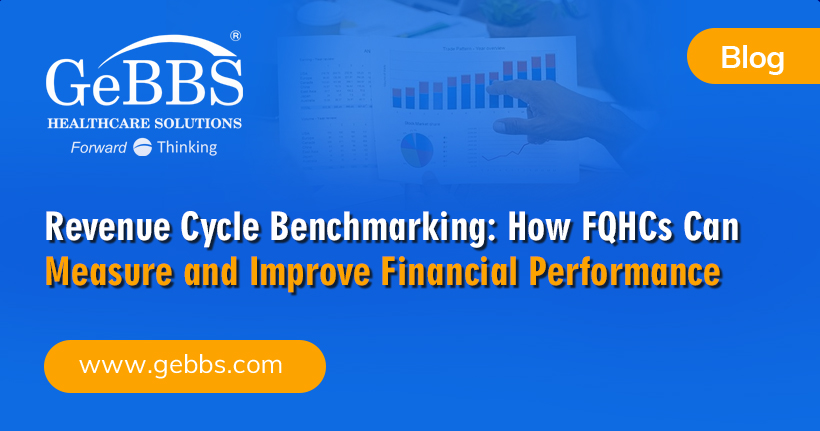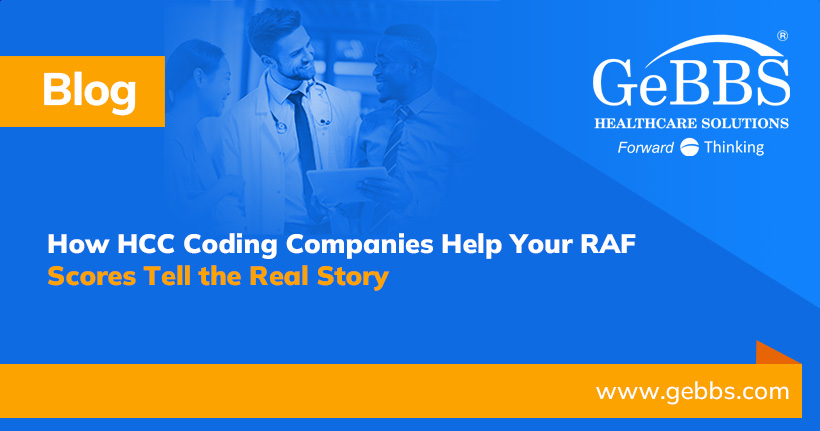Margins are razor thin in 2025. And yet, millions still slip away quietly. The endless cycle of missed HCCs, incomplete charts, documentation gaps, and other missteps adds up fast. It feels like trying to fill a bucket with holes. No matter how much effort your team pours in, the revenue keeps leaking out.
Maybe you’ve experienced it firsthand…an audit that unearths gaps you thought were closed or a backlog that grows faster than your team can manage. Either way, reimbursements fall short. And the stress is enough to keep you tossing and turning through the night. What can you do?
Retrospective risk adjustment may just be the answer. It helps you capture every dollar you’ve already earned, while easing compliance worries and giving your teams breathing room. Let’s explore its benefits and how to put it into practice. But first, why has the pressure never been greater than in 2025?
Why Capturing Every Dollar Has Never Been Harder
It’s no secret that the regulatory climate has gotten tougher. The guardrails around risk adjustment are getting tighter every year, and the margin for error is shrinking. Audits that once felt like a minor inconvenience now feel like a looming threat. Gone are the days when RADV audits involved sampling just a few cases. Now with the recent RADV audit changes, they’re reviewing up to 200 charts per plan. And if errors are found, they’re extrapolated across the entire contract population. A small oversight suddenly could turn into a six or seven figure problem.
Operationally, the squeeze is just as intense. Teams that were already stretched thin now face ballooning chart volumes. Coders jump from one workflow to another without a consistent process, and clinicians are often pulled in too many directions to give documentation the attention it deserves.
Add on top of all this the financial pressure. Reimbursements are shrinking while the cost of doing business climbs. That combination leaves no tolerance for leakage. In the past, a missed code might have been just an oversight. Today, it’s money left on the table you can’t afford to lose. The revenue loss is no doubt frustrating. But what makes it worse is the feeling that no matter how hard your team works, the finish line keeps moving further away.
What Retrospective Risk Adjustment Really Delivers
This is where retrospective risk adjustment transforms the process. On the surface, it might look like just another way to check the work. But in practice, it delivers something far more powerful: clarity and control. Here are four ways it does just that:
Revenue protection. Every missed HCC represents dollars you’ve already earned but haven’t captured. Retrospective review recovers those codes by going back through charts with a fine-toothed comb. Think of it as double-checking your receipts before closing the books. You’re making sure you’re credited for the care delivered and what you deserve.
Compliance confidence. Capturing revenue is critical, but it’s not enough in this new age of audit intensity. You need documentation that holds up under scrutiny. Retrospective risk adjustment makes sure the documentation is accurate and complete, closing gaps that might otherwise invite penalties. It’s a safety net that keeps your program from unraveling when auditors come knocking.
Operational relief. Anyone who’s sat in the middle of a documentation backlog knows the stress it causes. Retrospective reviews streamline chart processing, reducing that mountain of work into something manageable. Coders and clinicians breathe easier, and leaders can stop worrying about where the bottlenecks will appear next.
Data visibility. One of the hidden benefits of retrospective risk adjustment is the clarity it brings. Beyond capturing codes, retrospective programs generate analytics and reporting that reveal exactly where risk scores stand. Leaders gain a clearer line of sight into performance, which makes planning and forecasting far less of a guessing game.
The Shortcut: Turning Chaos into Captured Revenue
So how does retrospective risk adjustment create this kind of relief? The answer lies in bringing together people, process, and technology. It’s a philosophy GeBBS has built into its solutions and one we explore in depth in our white paper, From Denials to Dollars: Achieve 95% Coding Accuracy in 6–12 Months with Autonomous Coding. Let’s take a closer look at how these three work:
- Advanced technology: AI and automation accelerate the work that used to take weeks. Chart retrieval, coding reviews, and even documentation checks can be handled in hours or days, rather than months. For example, instead of waiting for stacks of records to be manually sorted, automation can pull charts directly from multiple EHRs, flagging those with likely coding gaps. The result is a faster, cleaner pipeline.
- Skilled teams: While technology is powerful, it only goes so far. Certified coders and clinicians bring the human judgment that algorithms can’t replace. They interpret the context, validate the accuracy, and ensure that every recovered HCC reflects the actual patient story. With staffing shortages at an all-time high, many organizations turn to external experts like GeBBS for support. Skilled coders and clinicians step in with precision, filling the gaps without burning out your internal staff.
- Proven process:Retrospective risk adjustment only works when it’s scalable and repeatable. Piecing together ad-hoc reviews or one-off chart pulls might deliver quick wins, but they won’t hold up under audit scrutiny. A structured workflow is key, as it can be replicated across thousands of charts and withstand regulator reviews. With that foundation, you finally get a system that delivers predictable results.
Together, these three elements transform chaos into captured revenue. What once felt like scrambling to plug holes becomes a system that consistently produces measurable gains. Even better, by following a structured process, you’re actually doing less work while unlocking more productivity. Focus on the right steps, in the right order, with the right support, and you may be surprised how quickly small changes add up to big gains.
A Clearer Future Is Within Reach
The sleepless nights. The audits that leave your stomach in knots. The endless backlogs. They no longer have to be your daily reality.
Imagine opening a dashboard and finding risk scores that finally reflect the care delivered. The days of endless firefighting and scrambling are in your rearview mirror. In their place is a team with its focus back on patient care. Leaders make decisions with confidence, and for the first time in a long while, the road ahead feels clear.
That’s the difference retrospective risk adjustment makes when the right technology, skilled teams, and proven processes are in place. It’s how you capture every dollar you’ve already earned, without burning out your staff or rolling the dice with compliance. When the stakes are this high, you need more than a patchwork fix. GeBBS’ Risk Adjustment HCC Coding Solutions bring together advanced technology, certified coders, and our proven workflows to capture every dollar you’ve earned. From streamlined chart retrieval to accurate coding and audit-ready documentation, our approach turns hidden leaks into measurable revenue gains. The result? Our clients have experienced a 20% increase in reimbursements based on new RAF calculations and a 30% reduction in chart retrieval costs. Don’t leave money on the table. Contact us today to learn more.






